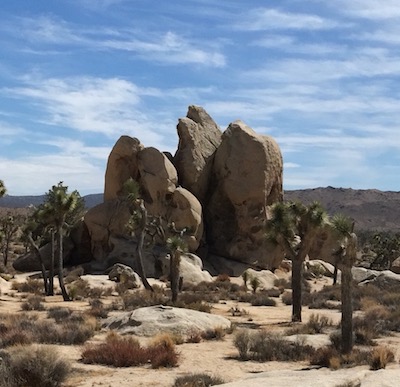Money - based on trust
Money has taken many forms in human history. It evolved out of the barter system, in which by definition the medium of exchange is always different. Trading a goat for some rice one would have to decide how much rice is worth an entire goat. Valuation is a subjective process, and two parties might argue what something is worth based on their emotional state. The barter system probably was the most purest form of trade that existed in the early days of human history. “I’ll give you this for that!” This didn’t require any trust, because both parties shook hands based on each others’ subjective valuation. Slow, but gets the job done and everyone is happy.
As trading expanded across homes, villages, countries and continents, a standard unit of accounting had to be created to speed up the flow of trade. The faster we can trade, the faster you can amass wealth. It’s in our basic instinct to be greedy. Good or bad, it is how we’re wired. This required a centralized authority to keep tabs on who owed what based on the price discovery that happened in the market place. Of course this wasn’t an easy transition, but eventually people put trust in a central authority. A good form of money was also created. The ancients used rare stones as medium of exchange. Copper, gold and silver were the precious metals used as money to instill intrinsic value in and to store the result of labor for future use. Money could buy goods and services, and the velocity of money that was offered by using units of metal as medium of exchange valued by a centralized authority allowed civilizations such as the Song Dynasty and the Romans Empire to operate in their daunting sizes.
With centralization, however, came abuse. The trusted authority eventually diluted the trusted intrinsic value associated with the form of money they created unbeknownst to the population to fund their projects. Because precious metals are very laborious to extract from the ground and is not easily discovered, the Romans started to dilute the silver content of their dinarius to fund the further expansion of their empire and maintain power.
From Business Insider
The same is happening today, but at an alarming rate. The United Stated back in 1900 passed the Gold Standard Act1, which made gold and silver the legal-tender coinage for the US. $1 was backed by
… twenty-five and eight-tenths grains (1.67 g) of gold nine-tenths fine
Throughout the years, gold standard has been suspended to fund multiple World Wars and eventually Nixon took the US off the gold standard, and endless money printing began, raising the debt ceiling as necessary.
From Seeking Alpha
As can be seen in the image, gold reserve has been diluted from the dollar down to nothing. A troy ounce of gold was equivalent to $18.96 in 1900 compared to ~$1,350 as of the date this post was written. Our central banking authority, the Federal Reserve, continues to inflate the money supply to support a debt based economy, causing the purchasing power of the dollar to decline. However, this does not show the entire picture of how the dollar continues to be diluted even after the gold standard was abandoned. The derviatives market also creates debt at an unprecented speed.
We all know what happened to the Roman Empire. It collapsed due to corruption and inability to make sound monetary decisions. The trajectory of our monetary system is just one of many signs that an empire has fallen. History is bound to repeat itself, because humans are creatures of habit. However, while we are bound to make the same mistakes, we can also learn from them. Today we have access to unprecedented amount of information at the speed of light. We can interact with people from around the world. We have technology to augment our intelligence. The fall is inevitable, but we can try to land on soft ground, and arise out of the ashes with a better system that will allow the entire planet to create a better tomorrow together.
This is why Bitcoin is not just a mania. It is a mania for a purpose. It’s a movement to construct a monetary system that doesn’t require a trusted centralized authority and can support the economic evolution required for us to create the future we want. It is about breaking down the old to usher in the new while expanding our freedom.
References
-
https://en.wikipedia.org/wiki/History_of_the_United_States_dollar#Gold_standard ↩



